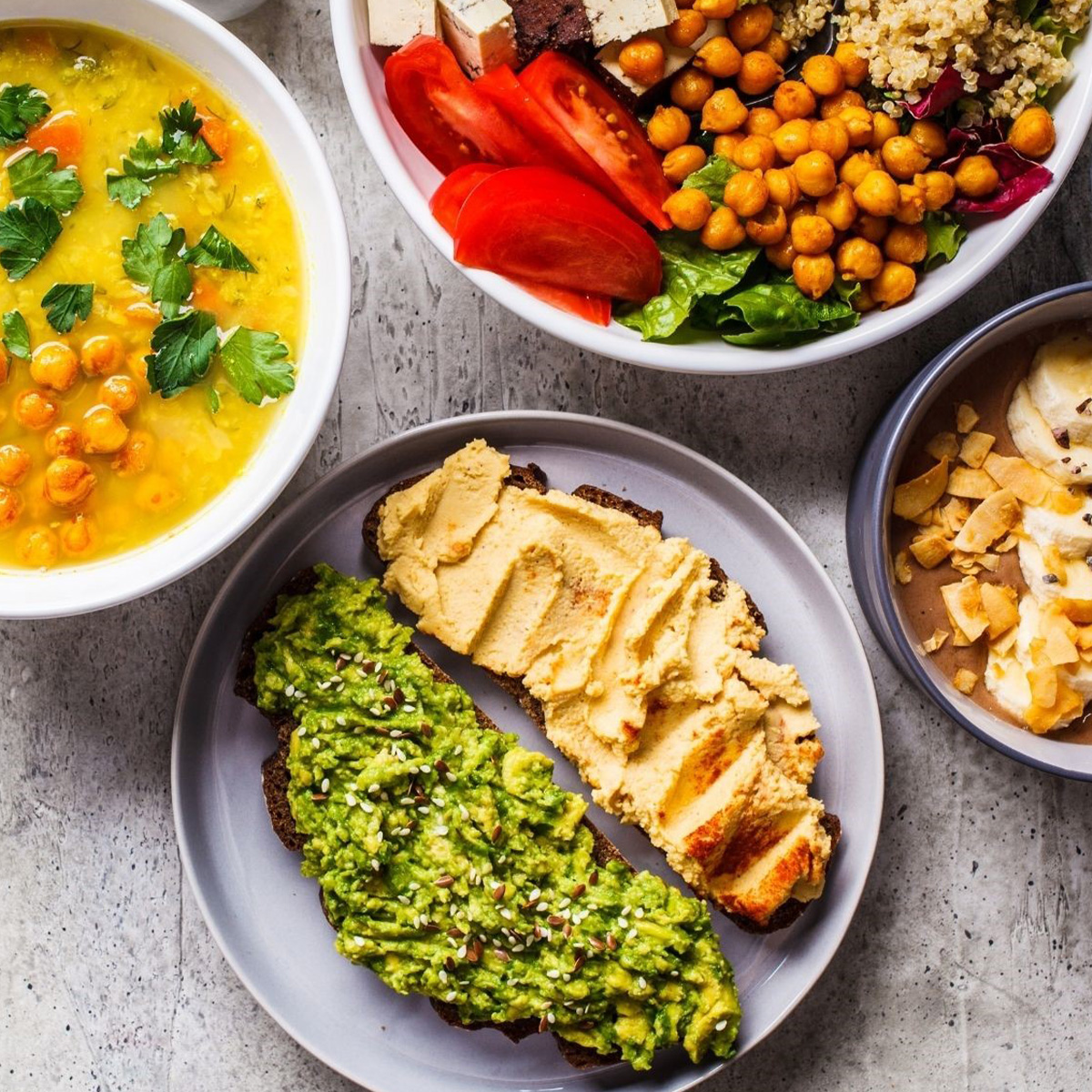Are you one of the 1 in 4 Aussies looking to eat more plant-based foods and less animal products?
Including more plants in your diet is good for your health, your wallet, and the planet, and lots of Australians are going flexitarian to reap these rewards. Plant foods are packed with vitamins and minerals and tend to have more fibre which helps fill us up and promotes the growth of good bacteria in our gut.
LiveLighter® has put together six strategies to get more plant foods into your day.
1. It starts at the shops…
The first and most important way to shift our eating style starts at the shops, by filling our trolley with plenty of plant foods. It’s much easier to eat well when good food is convenient and available at home. Having healthy options on hand can also reduce our reliance on expensive take-away foods. Start in the fresh food section, as soon as you walk in the door! Then move to the aisles with wholegrains (e.g. brown rice, oats and grainy bread) and tinned fruit and veg. Finally, make your way to the freezer sections. You don’t need to revolutionise your entire shopping list, any shift towards more whole plant foods is a win.
2. Add different herbs to your cooking
Herbs add great flavour to a home-cooked meal or salad, as well as boosting your intake of plant foods. Basil goes perfectly in pasta dishes and salads, while coriander is a tasty addition in your curry or stir-fry. Using plenty of herbs helps us cut much of the salt out of cooking, which is great for your heart health too.
Top tip: you can use the entire coriander; most flavour is hiding in the stalks!
3. Get keen on beans
Cheap, nutritious, delicious, and so versatile, canned legumes are the ultimate pantry staple that you can add to a salad, your favourite curry, or even roast for a crunchy snack. The options are endless! These high-iron, high-protein vegie alternatives can even be blended into baked goods for healthy treats that will please the whole family.
4. Buy frozen fruit or vegies
Frozen lasts much longer than fresh and can be used in many ways. Add frozen fruit and berries to yoghurt, smoothies, porridge or homemade muffins for a cheaper option when the fresh varieties aren’t in season. Popping some frozen corn, peas, and carrots in the microwave for a few minutes is an easy way to healthy up your homemade meals and add a few extra serves of veg to your day in a snap. If you want to know more about the benefits of frozen varieties, check out this page!
5. Swap meat for tofu, beans or legumes
Meat-free Mondays is a new trend that can help you up your intake of plant foods. Tofu, tempeh, peas, beans and lentils are a good meat substitute as they provide similar nutrients including protein, iron and zinc. For a start, try halving the meat in your regular meals and topping up with a plant protein like kidney beans or lentils a few times a week to get the rest of the family loving legumes too. Next time you’re making spaghetti bolognaise try using lentils in place of half (or all!) the mince, or check out this burger recipe that is sure to get your taste buds and your gut bugs excited!
6. Serve wholegrains with meals
Wholegrains are a nutritious and affordable inclusion to any meal! Wholegrain and multigrain breads or wraps, brown rice and pasta, and quinoa or wholemeal couscous are all great options. Use our healthy salad builder to help you add more wholegrains to your diet.
You don’t need to take on all these tips at once, even small changes can lead to big benefits for your health and the health of the planet.
Reproduced with permission from LiveLighter®. LiveLighter® State of Western Australia 2022.
